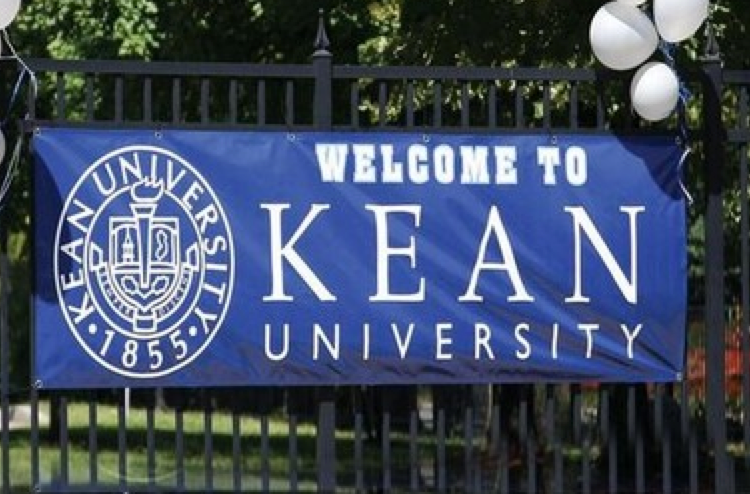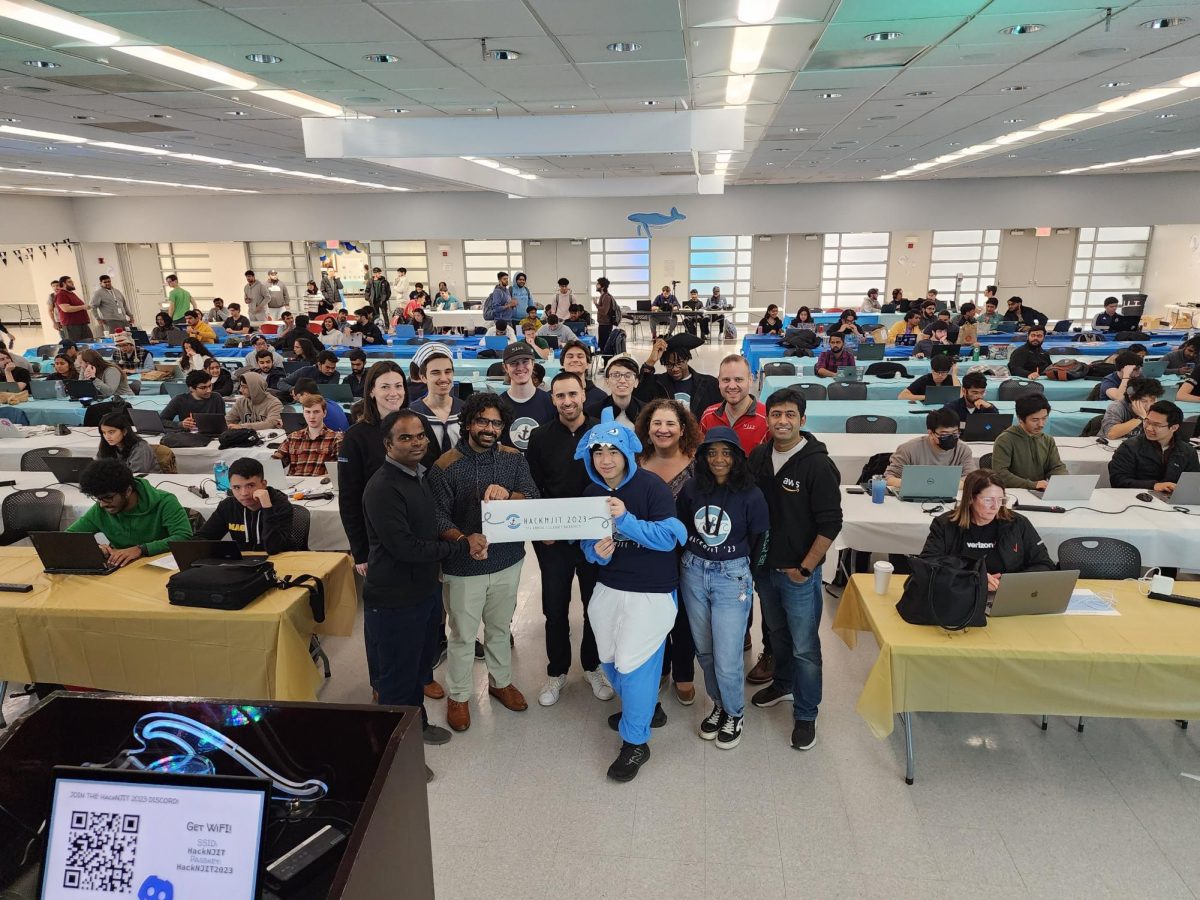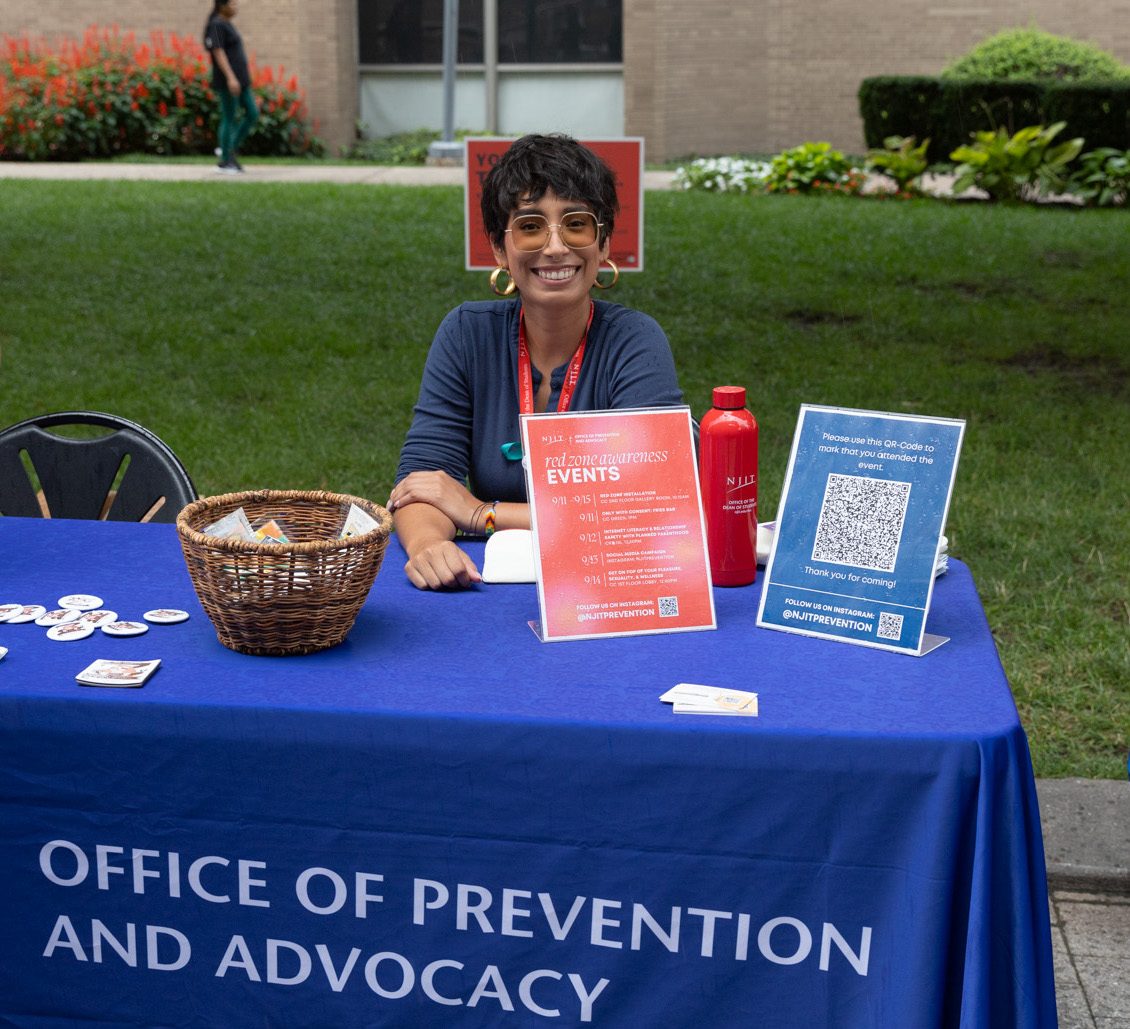Late October, New Jersey’s Kean University unveiled plans for their new architecture program at a ceremony that Saturday. The university had hired Michael Graves, a famed architect who has taught at Princeton University for over 40 years, as the head coordinator for the development of the program, and David Mohney, who currently works as curator of the Curry Stone Design Prize at the University of Kentucky, as the acting dean.
At the ceremony, Mohney drew attention to the university’s design program and explained the draw of having a coinciding architecture program, stating that “the chances of collaboration and synergy between the two are simply endless.” In a phone interview, Mohney cited the Bureau of Labor Statistics numbers for growth for architecture employment from 2012 to 2022: 17%, which, admittedly, is higher than the average growth for most occupations. But what he failed to mention is the BLS’s other prediction, that “competition for jobs will be strong as the number of applicants continues to outnumber available positions.”
The architecture school, named after Michael Graves himself, plans to host its inaugural class in Fall 2015, and expand to up to 500 students within seven years. It will be housed in the University’s new Green Lane building that opened this fall. The program is expected to cost approximately $175,000, which according to Kean’s President, Dawood Farahi, will not come out of state funds, being funding instead by individual donations and foundations.
Controversy arises on a few fronts. Considering that New Jersey was already home to two prestigious architecture programs, at Princeton and NJIT, Assemblyman Joe Cryan asked, “Who analyzed the cost and the need?” This is further brought into question when NJIT released a formal statement the following Monday, pointing out that their program currently enrolls only 500 students out of the 750 student capacity. Kean’s own faculty member, Joseph Castiglione, criticizes the decision, “Given that architecture has a high unemployment rates, and New Jersey already has two prominent architecture programs, at Princeton and NJIT, there doesn’t appear to be any demand for this hugely expensive program.”
The fact that the Michael Graves School of Architecture is approximately a 16 minute drive from NJIT’s own program raises eyebrows. However, Farahi responds by saying that multiple universities in the state offer duplicate programs, such as management or business degrees, and that by opening a new architecture school, they are simply, ” spurring growth and innovation through competition.” According to proponents of the program, the school would fill a niche that is not met by either of the existing programs, and focus on fostering design creativity by requiring the students to develop hand drawing skills, rather than relying solely on technology. This approach was deemed to be a “market differentiator,” to which NJIT responded, “Kean University’s proposal of a curriculum of ‘drawing by hand’ does not recognize the demands of today’s job market.”
Mohney has a penchant for looking at the silver lining, because his response to NJIT’s official statement questioning the proposed program in question was “it’ll give Kean a chance to detail how the two programs will be uniquely different.”
There is one such difference between the existing programs that is being highly criticized, and that is the partnership between China and Kean. In 2012, the University opened a campus in Wenzhou, China, and now the architecture program is supposed to be a linked collaboration between the two campuses. When asked about the intentions of the Chinese government, Mohney responded, “Some of the accusations have been outrageous. We’re trying to create a really good architecture school for the future, which means engaging with global practice while also serving the local community. ” While Mohney raises a good point regarding the important of internationality (in fact, NJIT has collaborations with architecture programs in Sweden and Italy), critics are still cautious.
Considering the similarity between NJIT and Kean’s programs, as well as the physical proximity, students and policy-makers alike are watching the events unfold with concern. Jasmine Davis, an NJIT student not involved in the architecture program, adds, “From what I read, it’s more so for students from China…If it’s ensured that the program is going to be a success (when it was said that even our program isn’t full) then maybe. But I just think it’s a waste of money and resources.”































